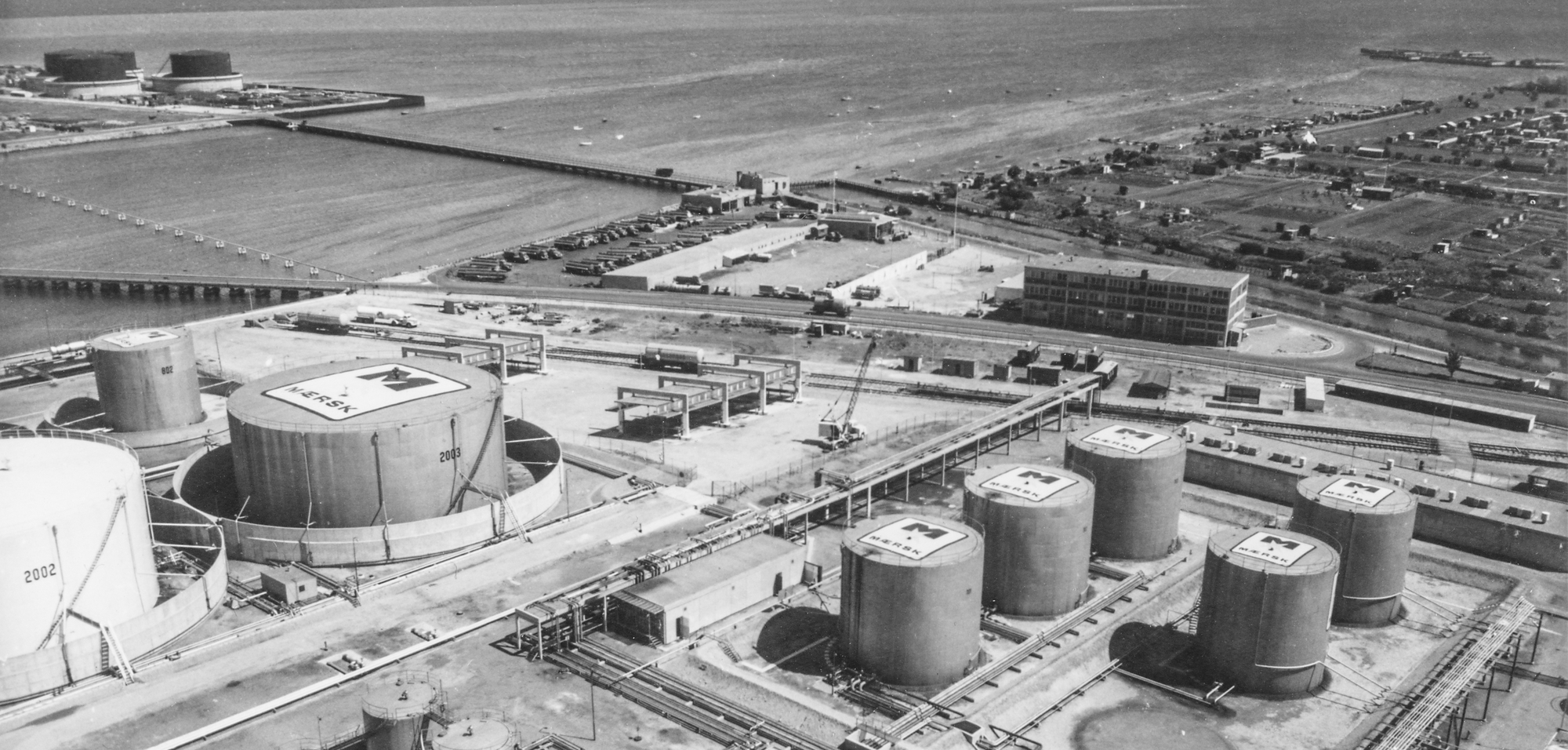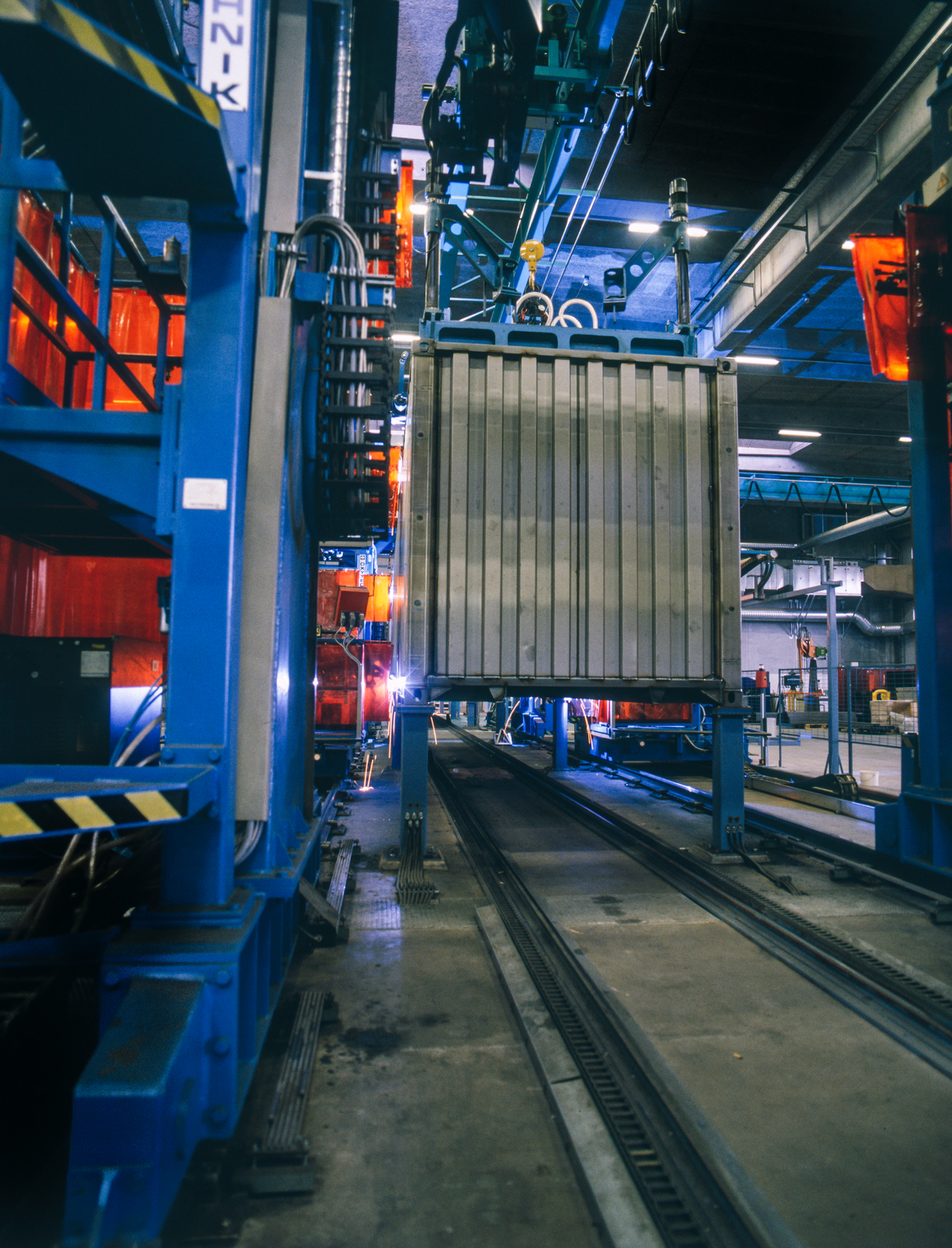
“… on Danish hands”
From his very early years, the founder of the A.P. Moller Group, A.P. Møller, was consistent in letters and speeches about his life and business ambitions; your actions should benefit the country and society as such.
This consistency forms ‘the spirit of A.P. Møller’; the business should be developed over time to have a positive impact on society while being kept well consolidated financially. Profits were important to continue the growth of the enterprise, whereas dividends were secondary.
The A.P. Moller Group has developed from a one-ship steamship company to a group of enterprises with global reach, and the following is part of that story.
Growing denmark
A.P. Møller wanted Denmark to grow as a business nation, and while shipping had always been international, most industrial companies operated mainly on the domestic market. Most of the Group’s investments in industries outside shipping during the 1950-1970’s was based on the aspiration to keep Danish companies on Danish hands, or to establish a base for new activities in Denmark and in the growing international market.
One example is the acquisition in 1960 of ROULUND’S, a manufacturer of conveyor belts, brakes, and engine driving belts. The company remained Danish, and the A.P. Moller Group allocated funds for expansion and modernisation of the production, which in turn led to larger market shares.
Other investments in existing concerns include DISA (casting and other machinery), Danish Supermarket Group (retail) and various companies in the plastics industry. During 1950-1980, the A.P. Moller Group started the Maersk Refinery, DAN-BRIT-KEM – a polyethylene production company, Maersk Air (initially with domestic services) as well as Maersk Data.
Gradually, the Danish context was replaced with the global market and increased vertical expansion within the Group’s companies. However, Mærsk Mc-Kinney Møller continued the approach to grow Danish interests; one example is the insistence on buying Danish products and services in the build-up of exploration and production activities in Maersk Oil.

Container production in Denmark
An updated strategy for Maersk Line in 1986 called for aggressive expansion into the growing world market. For this, new and larger container ships were needed. And consequently, new containers to be made available to Maersk Line’s customers.
In a step aimed at both securing flexibility in the procurement of containers and at ensuring containers of a certain quality, A.P. Moller – Maersk decided to establish “a container factory with a capacity of approximately 20,000 steel containers per year”, as it was recorded in the minutes from a board meeting in December 1989.

Adhering to the long-standing interest of ‘growing Denmark’, Mærsk Mc-Kinney Møller decided that the factory was to be placed in the small town of Tinglev, just north of the Danish-German border. The Møller family originates from this part of Denmark and A.P. Møller’s support to large and small causes and projects in the area was continued by this new investment in workplaces.
In the board meeting minutes, the motivation for the location of the factory reads “…the enterprise should be placed in South Jutland, a part of the country close to the heart of this house [the company]”.
A separate business case showed significant advantages if the factory had been placed 25 km to the south, across the border in Germany.